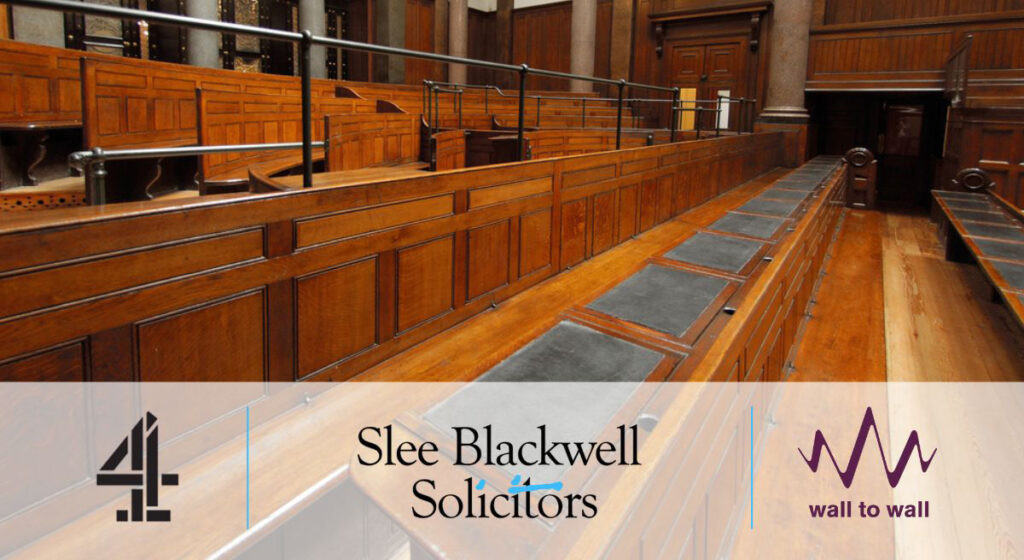Last Updated on 16 September 2021
Fears over problems associated with cavity wall insulation are escalating, with property in Somerset said to be among the most ‘at-risk’ in the country.
Cavity wall insulation is being blamed for houses developing problems with damp, condensation and mould. Homeowners in Somerset are particularly worried as our region has one of the worst wind driven rain ratings.
For many years cavity wall insulation was regarded as a cost-effective way of reducing heating bills and conserving energy. Home owners were incentivised by the energy companies to install cavity wall insulation to cut down their fuel bills. It is believed that more than 6 million homes have been fitted with cavity wall insulation.
The energy industry was told by government to take steps to save energy or face a fine. Critics say this has led to cavity wall insulation being mis-sold, with homeowners being pressured into agreeing to it being installed even though it was unsuitable for the property.
The problems of damp, condensation and mould that are associated with cavity wall insulation are unlikely to arise immediately. It may be many years before the householder realises there is a serious issue. Even then, most people will not associate the problem with cavity wall insulation.
Houses in Somerset, particularly those located near the coast, are believed to be among the most ‘at risk’. Properties exposed to driving wind and rain are known to be vulnerable and this includes a very large proportion of Somerset’s housing stock. Building experts are particularly wary of cavity wall insulation being fitted in older properties.
Parts of Somerset are in the “very severe” category of exposure to wind driven rain. Wind driven rain can lead to water penetration which is known to be a major factor in the failure of cavity wall insulation. Water which penetrates the outer skin of a property can be soaked up by the insulation material. At best this nullifies its energy conserving potential and at worst leads to dampness, condensation and mould growth.
Property owners are now looking for a legal solution, with claims being made for the cost of removing the insulation and rectifying the internal damage. Compensation is likely to be substantial in many cases.
Expert evidence from a building surveyor is necessary to establish a causal connection between the cavity wall insulation and any damp problems that have arisen. It is particularly important to establish that there was no pre-existing dampness in the property, though the insulation installer should have carried out a thorough inspection prior to commencing work.
The insulation will often be supported by a CIGA guarantee. The Cavity Wall Insulation Guarantee Agency is an independent agency with close links to the insulation and energy efficiency industry. It belongs to ACE, the Association for the Conservation of Energy, a trade body that was formed in the early 1980’s to promote and lobby for greater energy efficiency and energy conservation.
